Would you like to know how much salt grass can tolerate? Well, we have researched this topic and have the answers for you. Knowing how much salt grass can tolerate is vital to know if a water source is too saline or if your lawn needs to be flushed.
Grass can tolerate water with up to two-hundredths of an ounce of salt per gallon and soil with salt concentrations up to 1000 parts per million.
Water sources that are more saline can't be used for irrigation, and soil with high salt concentrations will need to be flushed.
In this article, we will learn how much salt grass can tolerate. We will also learn the answers to other interesting related questions, such as how do you remove salt from the soil, and what kinds of grasses are most salt tolerant? Keep reading to learn more.
How Much Salt Can Grass Tolerate?
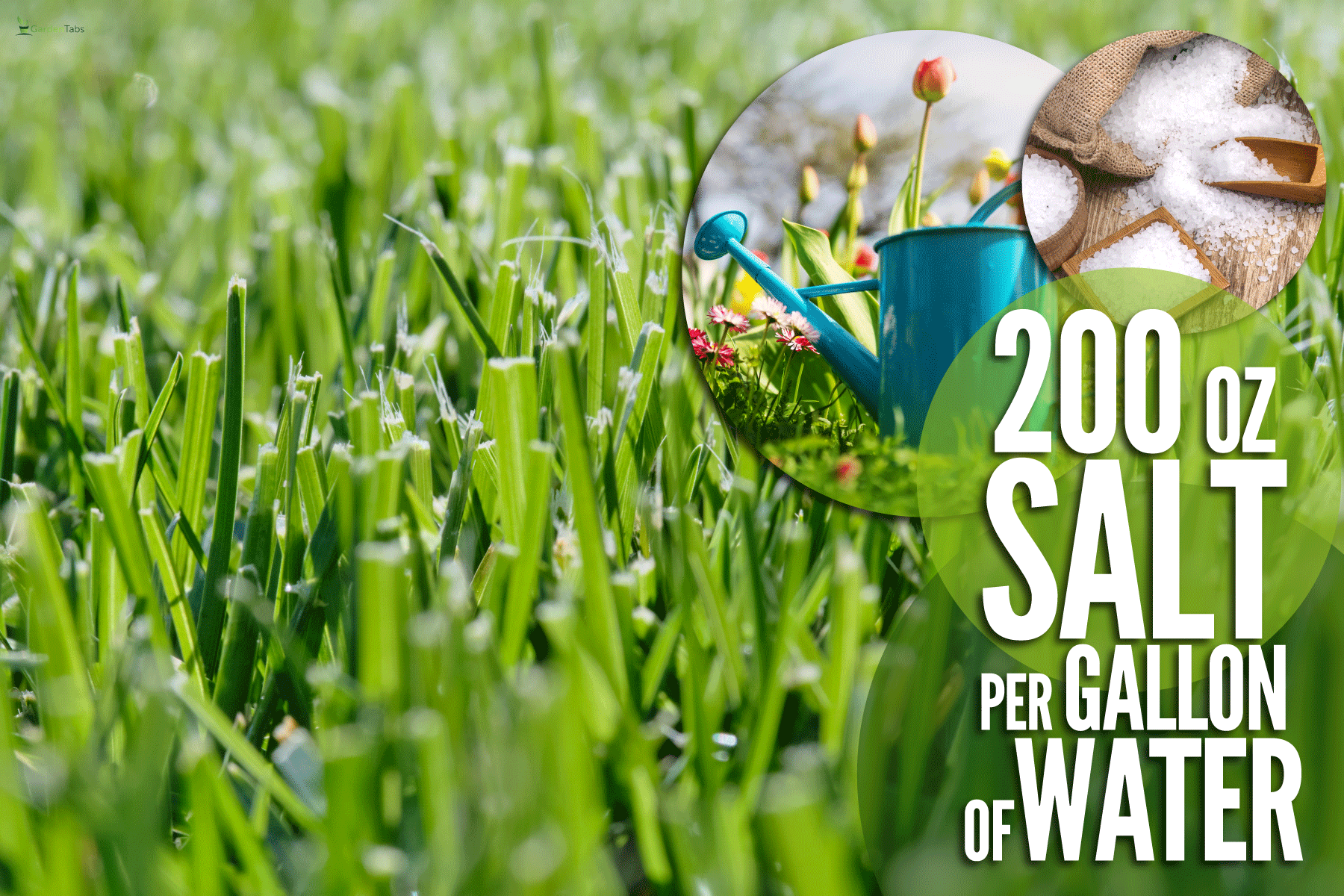
Grass has a low salt tolerance. When watering your lawn, the water must contain no more than two-hundredths of an ounce of salt per gallon. If the concentration of salt is higher, it can cause immediate damage to your lawn.
Even if your water supply has less than two-hundredths of an ounce of salt per gallon, the salt can build up in the soil over time, slowly harming your lawn. If the salt concentration in your lawn builds up to one thousand parts per million, it can poison your lawn.
Salt concentrations under one thousand parts per million can still harm your lawn. Any salt concentration above five hundred parts per million can stunt the growth of your grass and give it a yellower color.
What Are Signs Your Grass Is Exposed To Too Much Salt?
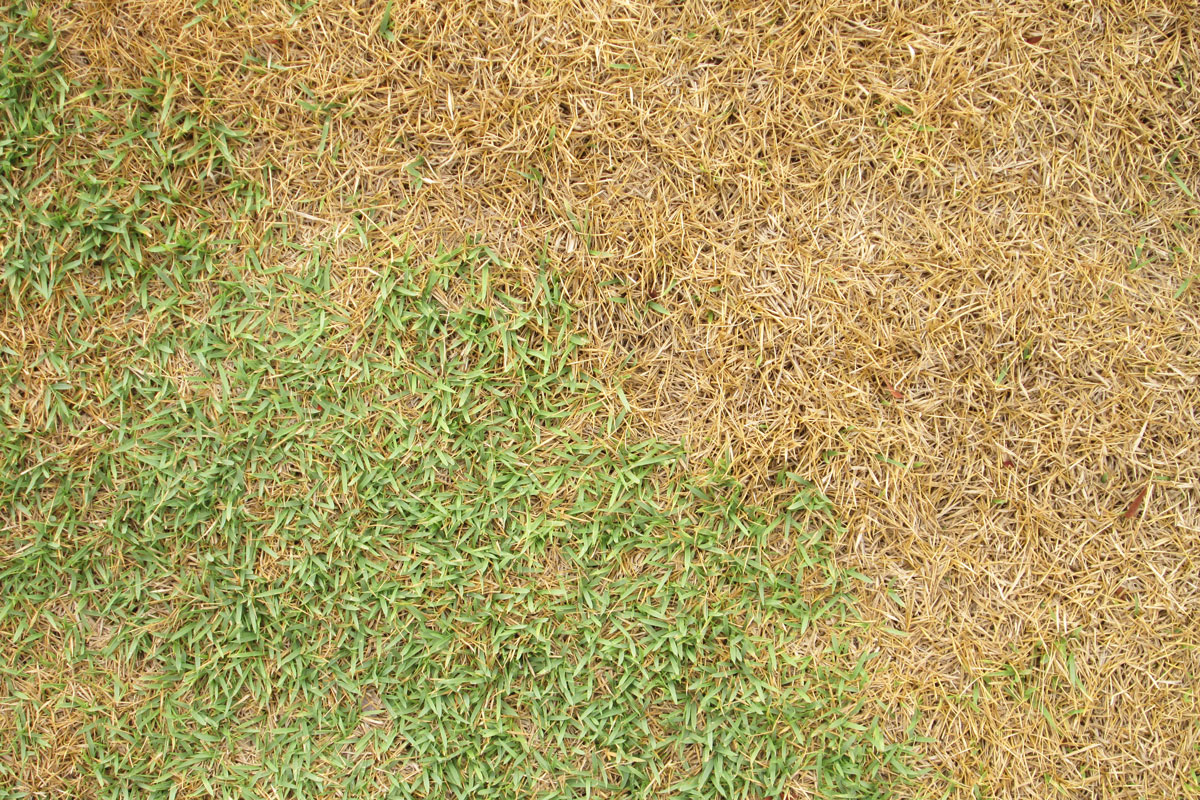
If your lawn has been exposed to too much salt, there will be unmistakable signs. You will first notice that the lawn turning a lighter shade of green. As the grass struggles to survive, some of its chlorophyll will die, leaving it a lighter shade of green.
The grass will try to pump excess salt to its edges to survive. When the salt is pumped to the grass's edge will leave it with brown tips. The grass does this to protect its roots and central core.
Since salt attracts water, it will pull it out of the cells of the grass, leaving it with a dry, brittle texture. If your lawn is exposed to enough salt, it can pull all the water out of the grass's cells, drying and killing the lawn.
The source of salt exposure can also affect how your lawn responds. If the source of salt is sea spray, you will notice the signs of salt exposure evenly across the lawn. If an area of your lawn doesn't receive as much crosswind, that area should have less salt exposure.
Another common source of salt exposure is ice melt. If your lawn is exposed to salt from ice melt, the damage would be along the edges of the walkways and driveways treated with ice melt.
If ice melt or sea spray aren't the sources of salt exposure, you should test your water supply as it may contain high salt levels.
How Do You Test The Salt Levels In Your Water and Soil?
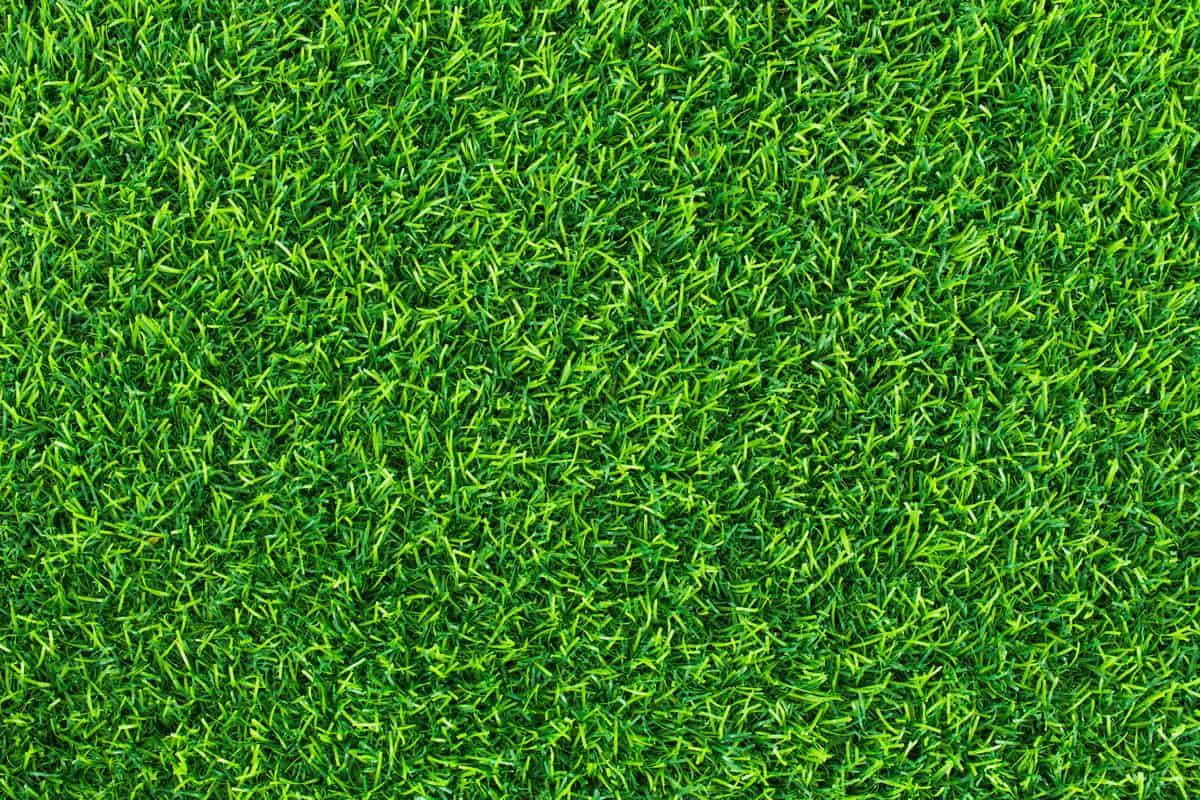
The are several methods for testing the salt levels in your water and soil. Let's look at the best methods for testing the salt levels in your water and then at how to test the salt levels in the ground.
Salt In Water
Two of the best ways to measure salt in water are a conductivity meter and a hydrometer. Let's learn how to use each of these to measure the salt in water.
Conductivity Meter
A conductivity meter is a device that measures the electrical conductivity of water to calculate how much salt is present. Press the button on the meter and insert its tip into a cup of your irrigation water for results.
The device measures in micro siemens per centimeter which can be converted to part per million by multiplying by .55. Grass's water salinity tolerance of two-hundredths of an ounce of salt per gallon is equal to one-hundred-twenty-four parts per million.
Any salt reading above one-hundred-twenty-four parts per million is dangerous to your lawn.
If you want to try a conductivity meter to measure the salt in your water, here are two of the best available on Amazon.
Extech Conductivity Meter
You can find this product here on Amazon.
Apera Instruments Conductivity Meter
You can find this product here on Amazon.
Hydrometer
A hydrometer is a device that measures the density of water using buoyancy to calculate salinity. Insert the hydrometer into a glass of water so that it can freely float. The water's level on the hydrometer will tell you the density of the water.
Many hydrometers have markings indicating the amount of salt in the water.
If you want to try a hydrometer to test the salt level in your water, here are two of the best available on Amazon.
SP Bel-Art Hydrometer
You can find this product here on Amazon.
Kimble Salt and Brine Hydrometer
You can find this product here on Amazon.
Salt In Soil
To test the salt level in your soil, it would be best to use a soil tester. A soil test uses two metal prongs that measure the electric conductivity in the ground to calculate the salt content.
These devices are entirely digital and don't require manual calculations. Turn the device on and insert it into your soil. The device will then tell you many attributes of your soil, including salinity.
If you want to try a soil tester, here are two of the best available on Amazon.
Apine Soil Meter
You can find this product here on Amazon.
3-in-1 Soil Meter
You can find this product here on Amazon.
How Do You Remove Salt From The Soil?
There are a couple of ways to remove salt from the soil. Let's look at the most effective ways to remove salt from the ground and learn how they work.
Flushing With Water
An effective way to remove salt from the soil is to flush it with water. Run your sprinklers for two hours to allow lots of water to soak deep and rinse away excess salt. The water you use must be low in salt, or this method won't work.
This method is also most effective if your lawn has good drainage. If the water pools on your lawn, it won't carry away the salt.
After flushing your lawn with water, be sure not to water it for two or three days to avoid drowning your lawn.
Adding Gypsum
Another way to remove salt from your soil is by adding gypsum. Gypsum is made of calcium and sulfur, which bind to salt and easily leach away.
Add between one and two pounds of crushed gypsum for every hundred square feet of lawn. After spreading the gypsum, thoroughly water your lawn to allow it to sink into the soil.
If after one week you don't see significant improvement in your lawn, apply more gypsum.
What Kinds Of Grasses Are Most Salt Tolerant?
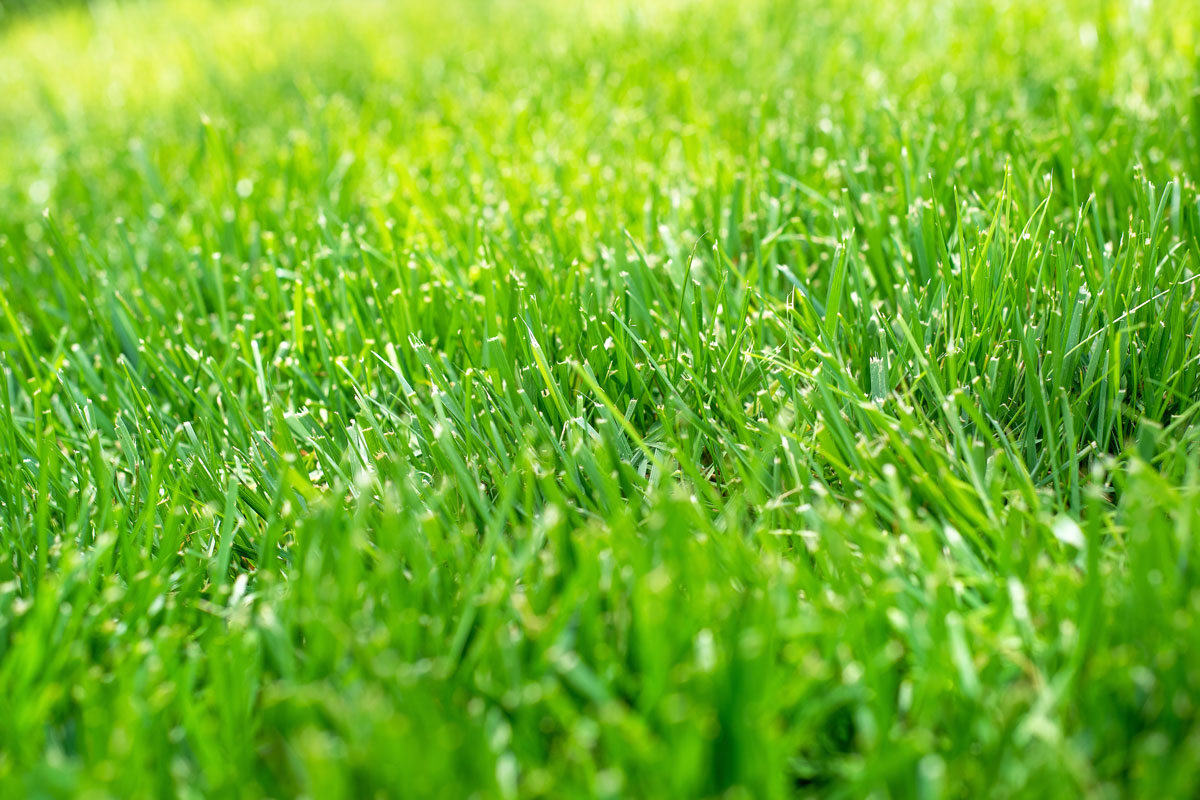
While all grass does better with less salt, some grasses are more salt resistant. Let's look at these grasses and learn how well they tolerate salt.
Saint Augustine Grass
Saint Augustine grass is well known for its high tolerance to salt. This grass can tolerate over twice as much salt as other species.
Using Saint Augustine grass for your lawn is highly recommended if you live near the coast.
Zoysia Grass
Zoysia grass is another species of grass that is highly tolerant to salt. While not as tolerant to salt as Saint Augustine grass, Zoysia grass can withstand much more salt than typical grass varieties.
Try Zoysia grass if you are looking for grass that can tolerate sea spray or salty soil.
Final Thoughts
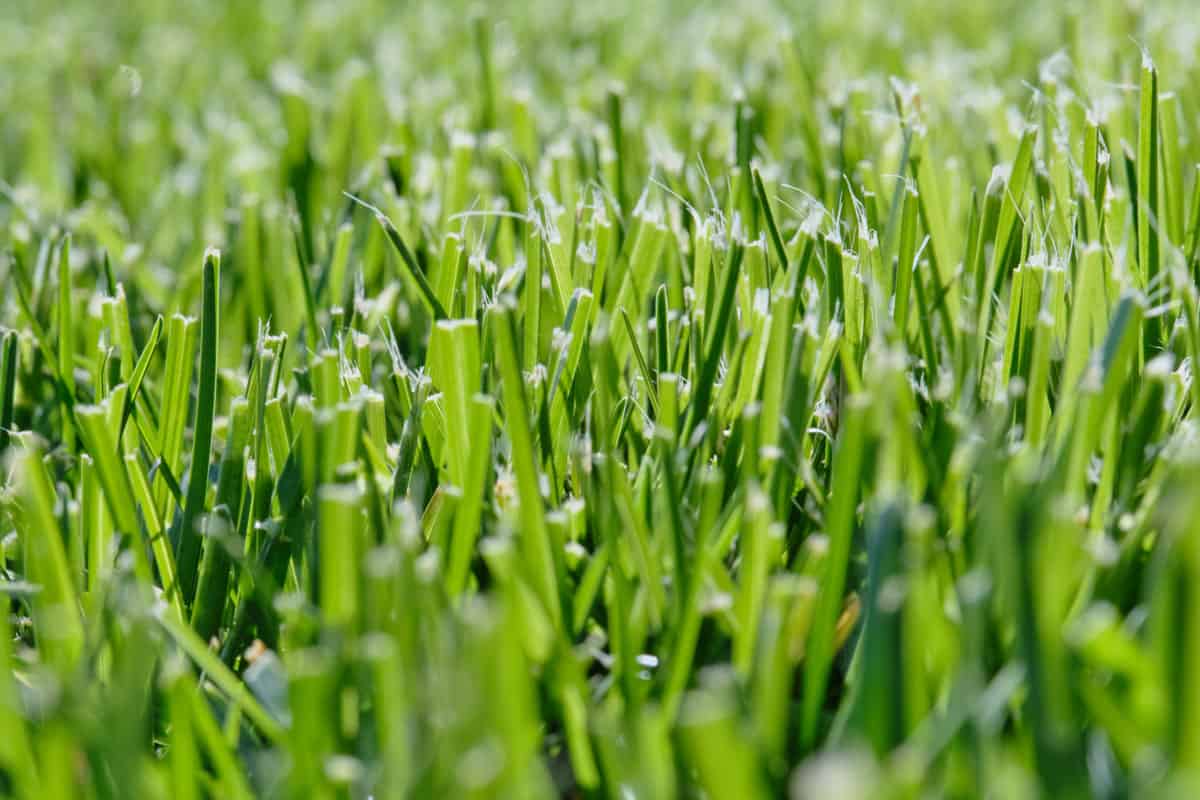
In this article, we learned that grass is harmed by salt levels above two-hundredths of an ounce of salt per gallon of water and one thousand parts per million in soil. We also learned how to identify the signs of salt exposure and how to remedy it.
Try salt-resistant grass like Saint Augustine or Zoysia if you live in an area exposed to excess salt, like near the coast.
We hope you enjoyed this article. If you want to learn more, check out some of these other posts.






